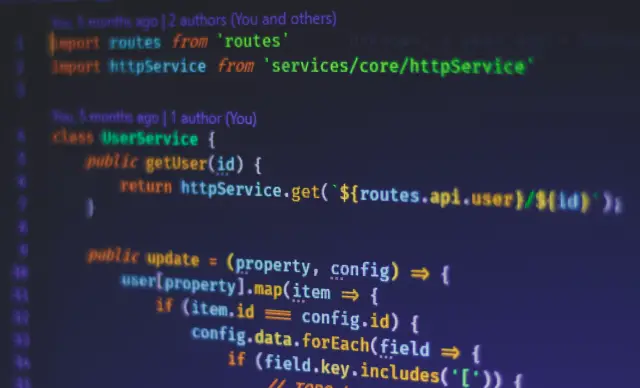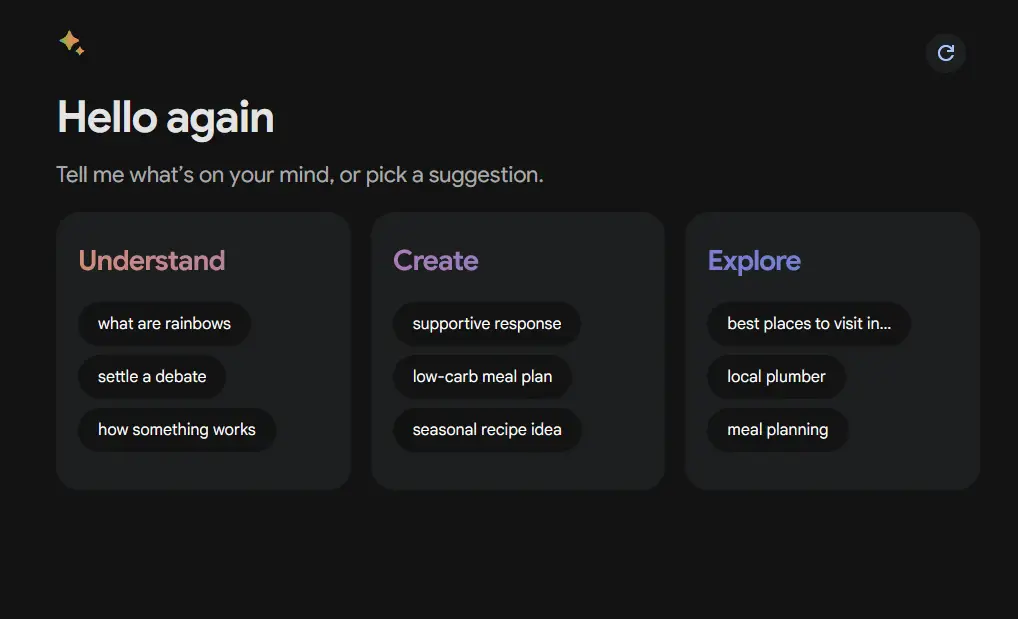
JavaScript is a powerful programming language that allows developers to create more interactive and dynamic websites. It’s the most popular language on the web and is regarded as important as HTML and CSS. It’s so integral to the web that the majority of developers use it either frequently or extensively on web projects.
If you’re learning the language or want to develop your skills, this post is for you.
We’re going to share 10 small projects you can do with JavaScript. Each has a practical application while showing you different areas where JavaScript can be used to improve the user experience.
{autotoc}

Let's look at some of the amazing things we can do with JavaScript.
1. Website animations
Have you ever visited a website and been astounded by the number of interactive elements that whizz around the page and react to your interactions?
Or is that just me being a nerd? 😊
Here are two examples of web animations done well:
Pete Nottage andThe Museum of Annoying Experiences.
Animations, when done right, can add a lot to a website. They engage and make you want to keep going to see what else it has to offer.
The challenge is balancing the need to engage with not impacting page load times or the user experience. Sometimes less is more!
Learn how to create website animations with JavaScript.

2. Phone apps
Thanks to companies like Apple and Google, mobile apps have become a household name.
With the rise of smartphones, developers and businesses have been able to capitalise on the success of the app marketplace. Just look at Facebook, Twitter, Tinder, Angry Birds and many other apps that have made millions in this industry.
Using JavaScript frameworks such as React Native, you can develop apps to a high standard for a range of operating systems including Android, iOS, Apple TV, Chromecast and others.
As well as JavaScript, mobile apps use Swift, Kotlin, Flutter, Java and other languages.
Learn how to create phone apps with JavaScript.

3. Serverless websites
Serverless websites are static pages and are used extensively on the web. They make use of services such as AWS Lambda and can be a relatively efficient way to host a website.
A serverless website sends users a static pre-compiled HTML file rather than build a copy from scratch.
We reduce the time to first byte (the time it takes for the server to start sending data) and the time it takes for the user to access the data by serving a single HTML file.
After the browser has rendered the page to the user, JavaScript enters the picture to render all the dynamic content and media via APIs and CDNs (Content Delivery Networks).
The dynamic data can be animated into the page as soon as it is loaded, providing a smooth experience while other page data is being processed.
Learn how to create serverless websites with JavaScript and Lambda.

4. Progressive web applications
Progressive Web Apps (PWAs) are a fantastic technology that allow you to install a website on your phone or laptop.
PWAs are proving their worth on all kinds of apps, typically ones we use frequently.
Flipkart is a good example of PWA in action. It looks and feels like an app but uses PWA technology such as HTML, CSS, JavaScript and WebAssembly to work.
Because the app is easily accessible from the home screen, it is always visible and requires less marketing to get users to download it.
Learn more about progressive web applications.

5. Games
The original browser games were created with plugins such as Adobe Flash or Shockwave.
Websites dedicated to hosting games, such as Miniclip, have a large library of games available.
Because of security concerns, poor performance, and a variety of other factors, Flash and Shockwave are no longer used.
JavaScript to the rescue!
Frameworks, custom game IDEs (Integrated Development Environments), and other new technologies have now been developed, allowing us to fully exploit what the browser can do, allowing developers to create some very advanced games.
Learn all about game development with JavaScript.

6. Web design
JavaScript is used to control elements within web design. While the page may be created with HTML and CSS, if anything needs to interact or behave in a certain way, it’s JavaScript that will control it.
JavaScript is used in forms, confirmation boxes, animations, popups, scrips and a whole lot more.
WebAssembly allows browsers to use traditional programming languages such as C++ via an API client.
WebAssembly and JavaScript, when combined, provide the best of native website development. They allow us to create applications and games that use your computer's native hardware while running in a web browser.

7. Artificial intelligence
You can’t go many places online without someone mentioning AI. It’s the ‘next big thing’ and is changing the way we work forever.
While JavaScript isn’t a machine learning language (that’s mainly R or Python right now), it is used for the UI side of AI.
If you want AI to interact with a web service, API or as an embedded element, JavaScript can help.
WebGL APIs, Math.js, TensorFlow, Brain.js, node.js, ml5.js and other variants can all be useful when developing for AI.
Learn more about JavaScript and AI.

8. IoT development
The popularity of JavaScript and its flexibility means it’s good for developing IoT apps.
It is lightweight, flexible and reasonably secure0, making it perfect for IoT.
The range of frameworks means there are lots of options for creating for the many different devices out there.
Node.js is particularly useful for IoT as it can handle lots of requests in real time. It’s also memory efficient, which is useful for devices with lots of other purposes.
Other frameworks used in IoT include IoT.js, JerryScript, Cylon.js and Johnny-Five. Each brings its own strengths to the table.
Learn more about JavaScript and IoT development.

9. Desktop applications
Using JavaScript in desktop applications is a relatively recent development. Not all that long ago, it was all about Java, Python, Cocoa, C# and Universal Windows Platform (UWP).
Now JavaScript, Node.js, Electron.js and other variants are getting in on the action.
Creating desktop applications with JavaScript is probably best left until you really know what you’re doing, but it’s a very viable outlet for your skills once you have them!
Learn more about building desktop applications with JavaScript.

10. Ethereum web development
JavaScript is one of most popular language for Ethereum. Web3.js is probably the most popular option for working in this new and exciting area.
We must admit to not knowing a whole lot about Web3.js or Ethers.js, but from what we have read and heard about from developer friends, it’s a cool space to work in.
Learn more about Ethereum Blockchain Development.

Top CollectiveRay Tip: Attend a JavaScript conference
With so many developers and designers enamoured with the JavaScript programming language, it's only natural that they'd want to learn more while also passing on their knowledge to other developers.
Many JavaScript events have sprung up around the world, bringing together developers from all walks of life to learn about upcoming trends in the language.
These groups are very important to the community because they help to advance new technologies and give developers a voice in the language's future.
Smaller JavaScript events are also becoming more popular, with new ones popping up in cities across the country thanks to sites like Meetup and Eventbrite.
These can greatly assist new developers in gaining a foothold in the programming language, as well as senior developers in mastering the nuances.
If you're interested in JavaScript, I'd recommend attending a JavaScript event in your area.
JavaScript has come a long way since its inception, and I am confident that this trend will continue for many years to come.
At the moment, browsers are allowing web pages to use more and more of a computer's power (particularly with the new Web Assembly API), which could lead to browsers and native apps merging.
Keeping this in mind, JavaScript will need to evolve in order to keep up, which will undoubtedly lead to more cool things to do with JavaScript in the future.
A brief history of JavaScript
JavaScript, first released as LiveScript in September 1995 and renamed JavaScript in December 1995.
It was created by Netscape and Sun Microsystems. The idea was to allow web designers to go beyond static HTML/CSS pages and add simple animations, user interactions and forms.
Thanks to its instant popularity, other browsers began to develop their own JavaScript engines with their own standards.
This made it more difficult for web developers at the time to make websites behave consistently.
Sun Microsystems launched a board in 1997 to help bring everyone together and make engines run consistently. This allowed websites to be more consistent across browsers and improve the overall user experience.
This board is still active today and is constantly contributing to the advancement of the web.
Wrapping Up
JavaScript's capabilities are incredible. In vanilla JavaScript, you can create a VR/AR experience, build games, run JavaScript as server-side code, apps, and, of course, create awesome websites!
